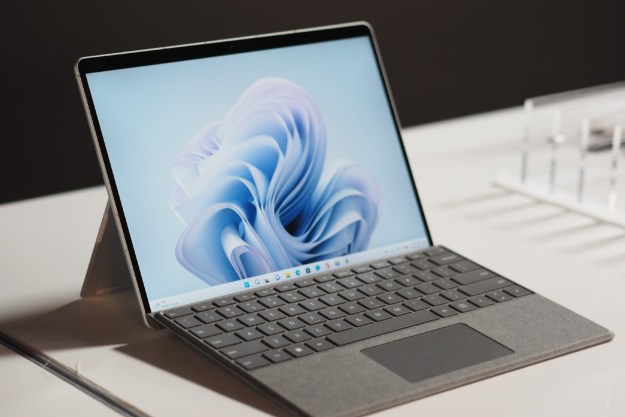
Sony is offering the new optical drive system in three components: a stand-alone USB-based unit, an 8GB fiber channel “library” unit, and the cartridges that actually contain the optical media. The overall system doubles the read and write speeds compared to the previous generation, and is supposedly great for real-time 4K video recording.
Sony launched the first-generation Optical Disc Archive system back in 2013. Since then, there have been six drives released spanning a single-slot stand-alone drive to a model packed with 101 slots. Optical disc-based cartridges for these drives include both write-once and rewritable media, and range from 300GB to 1.5TB.
The first-generation systems support data archiving for up to 50 years, so the new generation is quite a jump. The older generation also delivers a maximum data transfer rate of 1.1Gbps and are equipped with a 4-channel pickup head, providing read speeds four times faster than Blu-ray. The second-generation models have an 8-channel pickup head, supposedly doubling the first generation’s speed.
Take a peek at Sony’s Optical Disc Archive section on its website and the drive pricing is only available upon request. However, when you perform a search on Google, you’ll find a first-generation cartridge costing $226 for the 300GB model and $750 for the 1.2TB model. Needless to say, this archive solution really isn’t meant for a consumer-based desktop setup.
“Optical Disc Archive leverages the technologies and reliability of optical discs originally developed for commercial broadcast equipment,” the company explains. “It also succeeds in keeping down total archiving costs, and has a very low environmental footprint. The system is easily scalable: users can begin with a small archive stored on a few shelves, and expand into a large library as data accumulates.”
The stand-alone drive connects to a PC or Mac via a USB 3.0 port. For larger access, client PCs within a business or institution connect to a bigger unit, such as the ODS-L10 “Library System,” that in turn is hooked up to a network server and an Ethernet switch. The scalable PetaSite Library system is for even more archive access on fiber-based and gigabit Ethernet networks.
That said, Sony says the system is meant for deep archive storage, disaster recovery systems, and near-line applications. A number of broadcasters and organizations have recently jumped on board including the NFL’s Carolina Panthers, Alabama Public TV, Capitol Broadcasting, KUAC-TV, Wells Fargo, and WRAL-TV here in the United States. Other international companies include Beijing Television (China), Sun TV Network Limited (India), and more.
Sony’s stand-alone USB-based drive unit, the fiber-channel library drive unit, and the cartridges are expected to be released this summer for a yet-unknown price.


